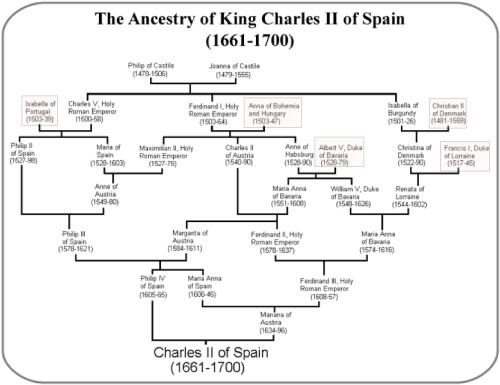2. Focus Your Research Effort
How do you cope with a large family tree? Well, for starters, you have to be selective in your research. A popular approach is to take one branch of the family tree and follow it back as far as possible. Another possibility is to go sideways and try to record all the known branches of the family tree that are still alive today (aunts, uncles, cousins, etc.).
The choice of which path you decide to take is dependant on where you come from, the structure of your family and how much time and resources you have at your disposal. If your family is from England or one of the former English colonies (such as the United States, Canada, Australia or New Zealand) then you are fortunate in that it is possible to find official records that go back more than 150 years. This makes it easier to trace your family tree backwards through time.
If your ancestors come from somewhere else, then you may or may not have access to old government or church records. In this situation, it might be easier to start building the family tree horizontally by trying to record details of all known living relatives.
3. Older Records Require More Effort
In practice, most people tend to trace their family tree horizontally and vertically at the same time. Just remember to be selective (especially if you are just starting out), and pick which branches of your family tree you want to do first. As a general rule of thumb, go for the branches where it is easier, faster and cheaper to get the information you need. This usually means putting off (at least initially) research on the older branches of your family tree.

As a general rule, the farther back in time you go, the more effort and resources it takes to collect the information. The quality of the information also tends to deteriorate and it can take more skill to find the appropriate records.
Discovering an ancestor who lived two hundred years ago is fun, but often the amount of effort it takes to research just this one person can equate to the amount of effort it takes to collect information on dozens of living relatives.
To be successful in building a family tree, you need to think in these terms and be ready to make tradeoffs. As well, until you gain some experience in searching genealogical records, you might end up frustrating yourself if you try to go back too far in time too quickly.

